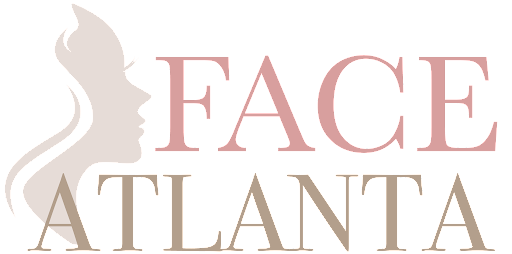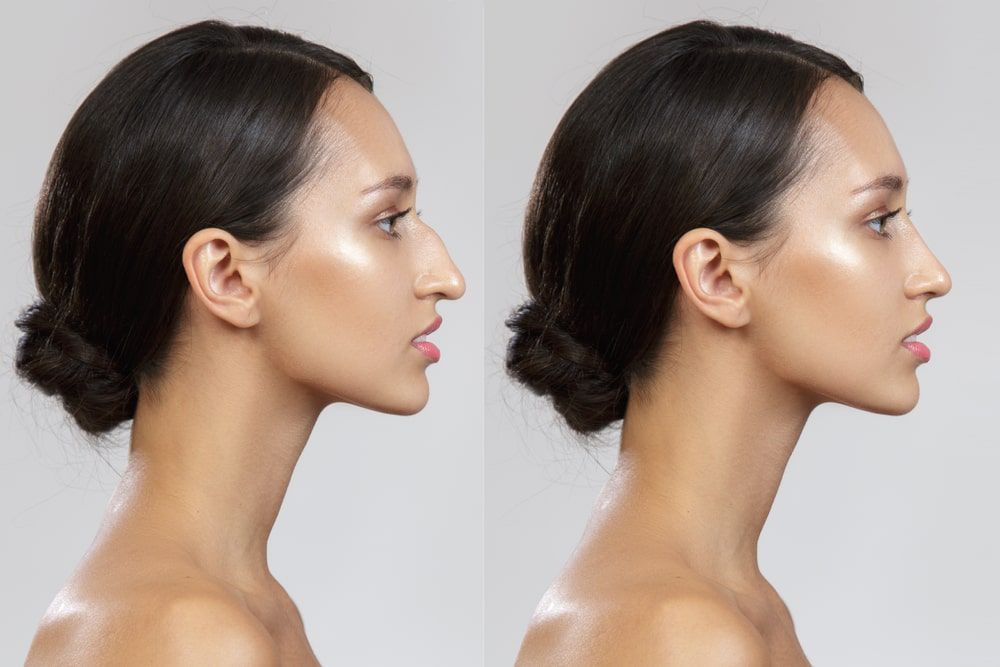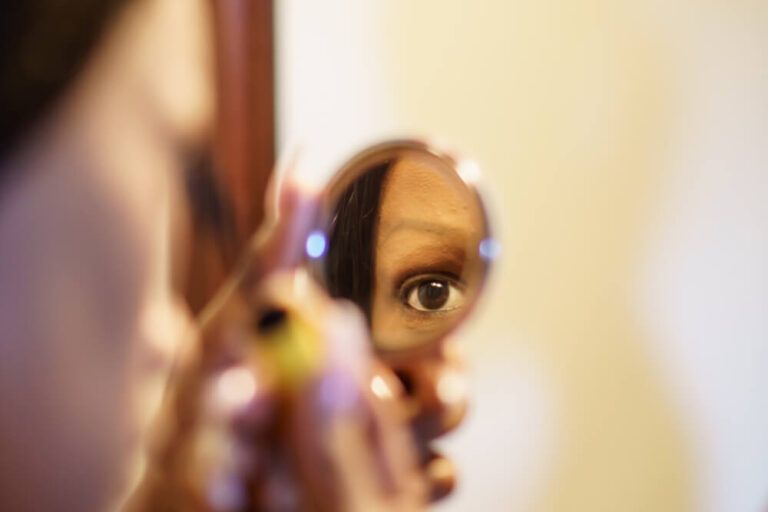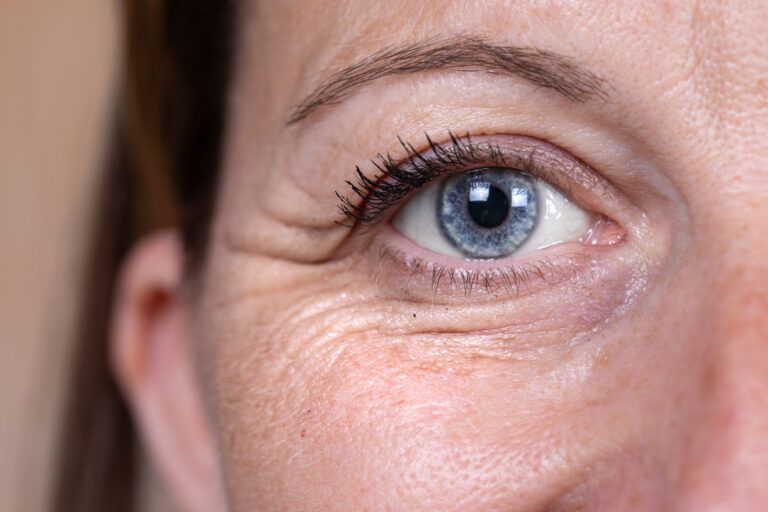Rhinoplasty, also referred to as a “nose job,” is one of the most common and transformative facial plastic surgeries. Individuals seeking this procedure often aim to enhance the nasal appearance, and create more harmony with the surrounding facial features. Ethnic rhinoplasty, a specialized branch of this surgery, focuses on preserving and enhancing the unique nasal structure and aesthetic characteristics of different ethnic groups, ensuring that the results are both aesthetically pleasing and culturally respectful. As an expert trained in facial plastic surgery techniques, Dr. Tanisha Hutchinson has performed numerous rhinoplasty and ethnic rhinoplasty procedures.
Understanding Ethnic Rhinoplasty
Surgeons who perform ethnic rhinoplasty recognize that the aesthetic ideals and anatomic structures of the nose can vary significantly among different ethnicities. Ethnic rhinoplasty is tailored to address the specific concerns and goals of individuals from diverse backgrounds, including African, Asian, Middle Eastern, Hispanic, and Mediterranean descent. The primary goal is to achieve a natural-looking result that refines certain aspects of the nose, but still respects and highlights the individual’s ethnic identity.
The Importance of Cultural Sensitivity
A successful ethnic rhinoplasty requires more than technical surgical skills; the surgeon must also understand the patient’s cultural background and aesthetic preferences. Surgeons must consider anatomic factors such as skin thickness, cartilage and bone structure, and nasal shape variations that are characteristic of different ethnic groups. This cultural knowledge and sensitivity help to ensure that the results are harmonious and respectful of the patient’s heritage. Dr. Tanisha Hutchinson uses her own cultural background and knowledge of ethnic nasal variation of all types to perfect this procedure.
Concerns and Techniques in Ethnic Rhinoplasty
- African Rhinoplasty: Patients of African descent often seek to add definition to a lower and more broad nasal bridge, reduce nostril width, and/or address a low nasal tip with minimal definition. Techniques may include narrowing the nasal bones, cartilage grafting to add height to the nasal bridge and provide structure and support to the nasal tip, as well as trimming cartilage in the tip and careful nostril narrowing to achieve a more defined nasal contour while preserving natural features.
- Asian Rhinoplasty: Asian patients may also desire a higher nasal bridge, a more defined tip, and/or a reduction in nostril width. Augmentation with cartilage grafts is commonly used to achieve these goals. The nasal septum is a common source of cartilage grafting material in any rhinoplasty. However, in African and Asian cultures, a naturally short nasal septum may necessitate an additional source of cartilage, like the ear or rib.
- Middle Eastern Rhinoplasty: Individuals of Middle Eastern descent often seek to reduce a prominent nasal hump, and refine the nasal tip. Techniques such as dorsal hump reduction and tip refinement are used to create a balanced and proportional nose that aligns with the patient’s facial features. This is particularly important in women, who often have smaller, softer surrounding facial features.
- Hispanic Rhinoplasty: Hispanic patients contain wide variations in nasal structure, but may want to address a low and wide nasal bridge or reduce a prominent nasal hump, as well as refine the nasal tip. Surgeons use cartilage reshaping and grafting techniques to achieve a more refined and harmonious nasal appearance while respecting the patient’s ethnic characteristics. It is important to understand the patient’s unique anatomy and goals, and not perform a cookie-cutter procedure.
- Mediterranean Rhinoplasty: Patients of Mediterranean descent might focus on reducing a dorsal hump, refining the nasal tip, and/or narrowing the nostrils. The goal is to achieve a balanced and natural look that enhances the patient’s facial aesthetics without erasing ethnic identity.
The Consultation Process
A thorough consultation is a critical step in ethnic rhinoplasty. Surgeons should take the time to understand the patient’s goals, expectations, and cultural considerations. Advanced imaging technology, such as photograph morphing, can help patients visualize potential outcomes and facilitate a collaborative approach to planning the surgery.
Choosing the Right Surgeon
Selecting a qualified and experienced facial plastic surgeon is paramount for a successful ethnic rhinoplasty. Look for a surgeon who is knowledgeable in ethnic rhinoplasty and has a proven track record of delivering natural-looking, aesthetically pleasing results. When performing ethnic rhinoplasty, it is essential to create subtle and natural enhancements that complement the overall facial structure. It is important to note that aesthetic ideals vary widely among ethnicities. What may be considered “wide” in one ethnicity may not be viewed the same way in another. It is important to find an ethnic rhinoplasty surgeon that is knowledgeable of these variations in aesthetic ideals and anatomic norms. There can also be great variation even among one ethnic group. A great ethnic rhinoplasty surgeon will evaluate you as an individual, taking your ethnicity into account, and tailor a surgical plan that addresses your unique anatomy and aesthetic concerns.
Conclusion
Ethnic rhinoplasty is a celebration of diversity and individuality in facial plastic surgery. By recognizing and respecting the unique features of different ethnic groups, this specialized procedure enhances the natural beauty of each patient. As a skilled Facial Plastic Surgeon, Dr. Tanisha Hutchinson understands the importance of cultural sensitivity and has the expertise to achieve your aesthetic goals while honoring your heritage.



















